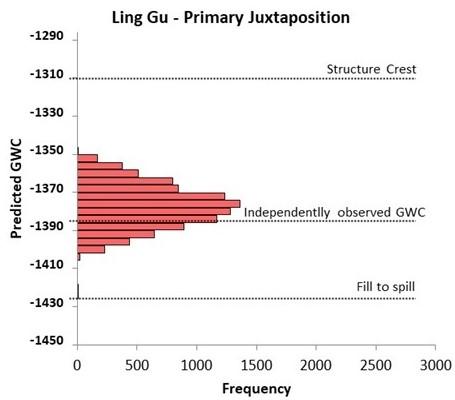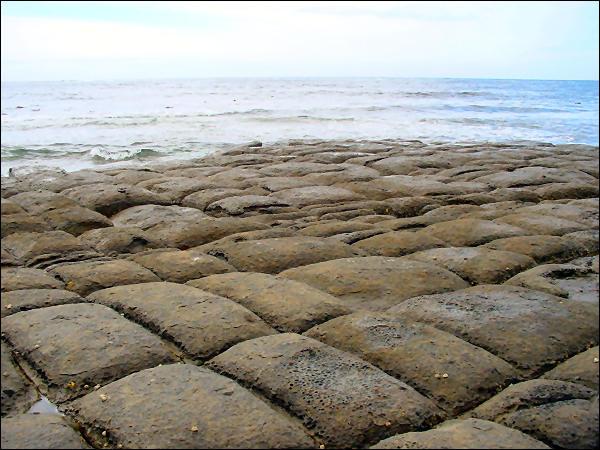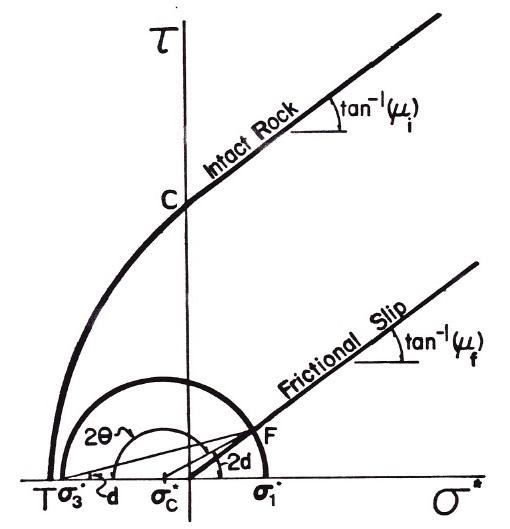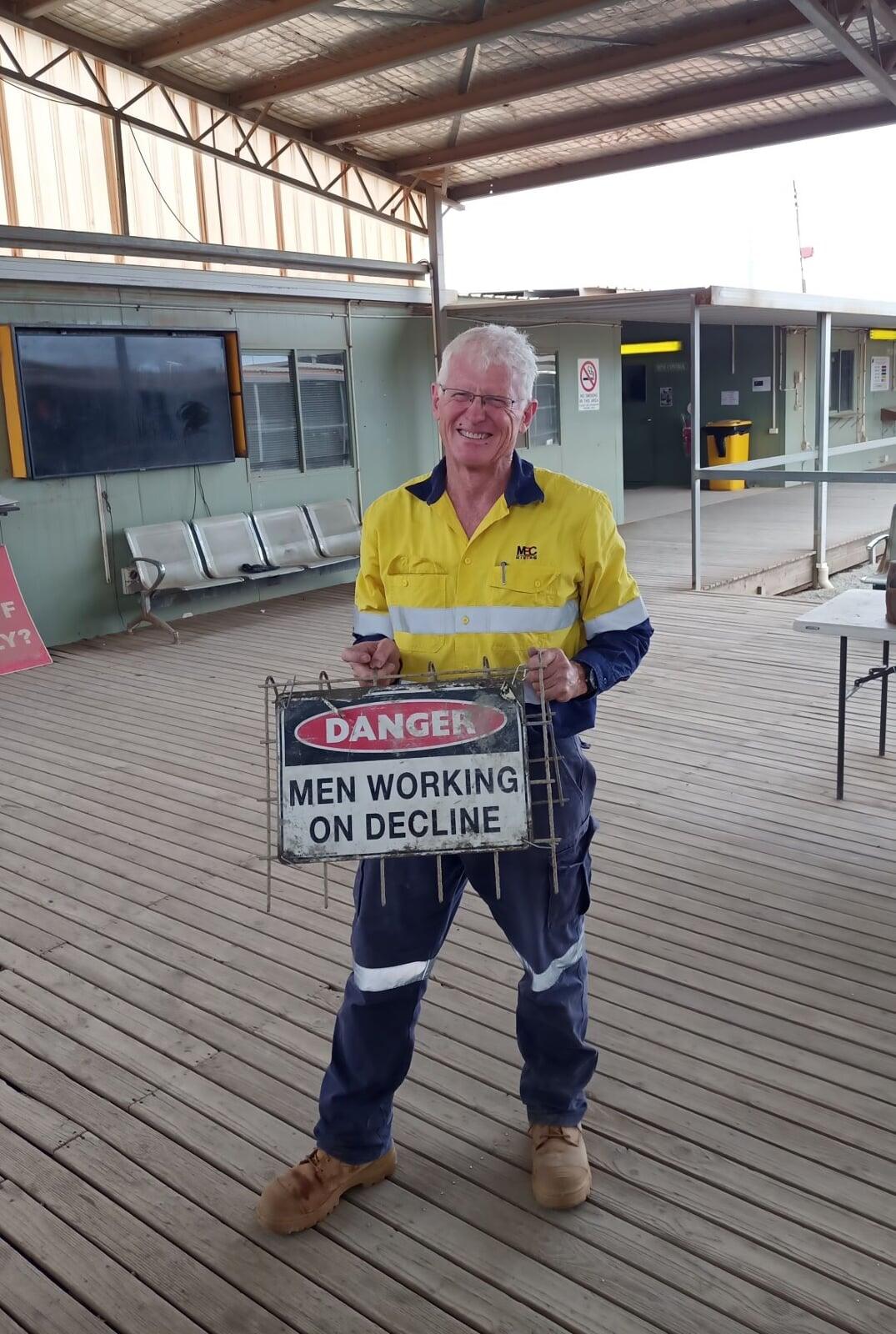Our Services:

FAULT SEAL, FAULT BOUNDED TRAPS, & EXPLORATION RISK. Fault seal analysis is all about coming up with the best possible prediction of how effective a proposed hydrocarbon trap structure is likely to be, and how much oil or gas it can be expected to hold. Most of the easy four-way fold closures have been found and drilled, and the traps that are exploited now are frequently at least partially fault bounded, typically consisting of a folded or inclined top seal (a thick shale or salt etc) and then lateral seals which can result from stratigraphic variation or from fault boundaries. Power Geoscience has been involved in fault seal analysis for the last five years on a number of Australian projects. Together with collaborator Titus Murray (Southern Highlands Structural Geology) we've recently published a summary paper in a Geological Society of London special volume. You can download the paper from Research Gate: Download PDF. We can provide the best estimates of hydrocarbon-water levels and hence column heights using juxtaposition analysis, SGR (shale gouge ratio), and geomechanical assessment of fault reactivation and breach. The techniques we use assess the probabilities using a Monte Carlo analysis which varies both geometrical and stratigraphic features of the proposed trap. The diagram at left shows one of the case studies in our published paper. The independently observed gas-water contact (GWC) is shown together with the predicted GWC (red bars), and the structural or "fill to spill/lowest closing contour" level.

FAULTS, FRACTURES, & GROUNDWATER. Faults, fault damage zones, and fractures are known to influence permeability and flow behaviour, sometimes in small ways, and sometimes in ways that dominate flow. We can apply modern geostatistical techniques to help characterize the faults and fractures, and thus provide key inputs for EIS, water resources planning, and risk assessments. Fault geometry at the regional to prospect scale as well as the outcrop scale figure importantly in a complete and robust analysis of groundwater flow pathways.

GEOMECHANICS & INSITU STRESS ESTIMATION. Geomechanics services are offered through Bedrock Geomechanics Pty Ltd, an associated company. Principal consultants Khalil Rahman and William Power have over 60 years experience consulting and can help with issues such as
•Design and Supervision of Rock Mechanics Testing
•Geomechanical Image Analysis
•Geomechanical Model Building
•Wellbore Stability Analysis
•Fault and Fracture Stability Analysis
•Sanding Prediction and Mitigation
•Hydraulic Fracturing Planning, Optimization and Investigation
•Reservoir Compaction, Subsidence and Casing Damage
•Industry Training and Short Courses

FIELDWORK, GEOLOGICAL MAPPING, ANALYSIS. Principal consultant Bill Power has been completing geological maps of all types for many years. He says "I love fieldwork, and the way the map take on a life of its own, telling a story". The basic observations can be critical for mine planning and design, or for constraining estimates of key geotechnical or fluid flow properties. Surface geological mapping, underground mapping, or mapping of open pits, tunnels, and other excavations is all part of the game. Power Geoscience is uniquely placed to provide specialist help when fieldwork is needed for faulted and fractured rock masses, including geostatistical analyses. Pictured at left - William Power conducting fieldwork in Western Australia.
TRAINING COURSES. Power Geoscience is uniquely placed to provide specialist help including training courses. Bill Power has presented short courses in geological mapping techniques, potential field interpretation and analysis, basic rock mechanics, structural geology, and geomechanics.
While at Baker Hughes Geomechanics Division, Bill presented short courses in Perth and Indonesia. These courses covered the techniques commonly used in insitu stress estimation (development of “MEM” or mechanical earth models), and the downstream usage of these models to solve problems in oil and gas development and exploration, for example, wellbore stability, sand production prediction, fault reactivation analysis, analysis of fractured reservoirs, and analysis of compaction and subsidence problems.

